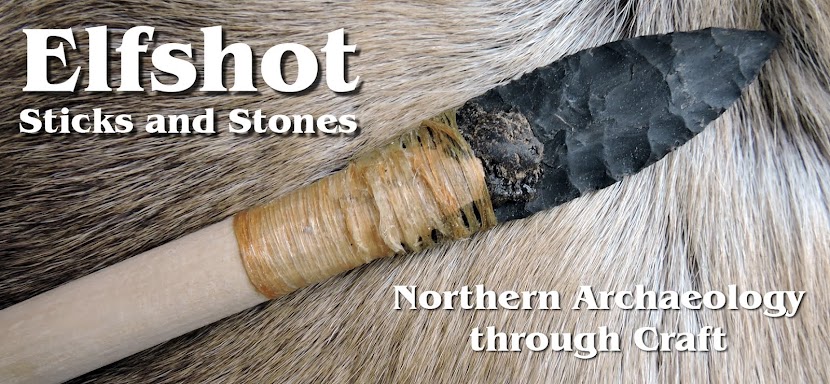 |
Snowshoeing the East Coast Trail
is a little tricky with a metre of
powdery snow on the ground. |
Newfoundland is still in the midst of coping with a major winter storm, pre-preemptive closures, rolling blackouts and and unexpected Island-wide power failures. The Premier and Newfoundland Power officials are warning us that this could be the new normal. If and when the power grid becomes stable, we may be asked to conserve power for another month or two, and the dim light at the end of the tunnel that the Premier is offering us is a new power generation station in Labrador allegedly coming online in 2017.
 |
| Snow-B-Que! |
Which means its going to be a great time for star-gazing, mid-winter barbeques, and winter sports. We've got the grill set up again on the back deck, which we shovel out now before we work on the car and the front of the house. On Sunday morning, Lori and I headed out to Cape Spear with a couple friends to snowshoe the Black Head Path. We only made it a kilometre or so along the trail before the deep powder turned us back, but it was still a great time and the Fish and Chips and pints at The Duke helped a lot.
 |
| The start of the hike had blue skies and huge waves. |
 |
| The snow on the barrens leading to the foot of Black Head was easy to cross, but the drift in the trees were another story. |
 |
| We didn't make it anywhere near the top of Black Head, but we were well prepared for the mid-way break. If this is going to be the new normal, I want snowshoe poles and a hip flask for Scotch, too. |
 |
| The grey clouds and a dusting of snow had started by the time we made our way back to the car. The waves were still impressive. |
 |
| Cape Spear, Newfoundland and Labrador. The Easternmost point in North America. |
 |
| Cape Spear Light House. |
 |
| Sausage, Tea, Coffee and booze to raise our spirits after an aborted attempt to cross Black Head. |
 |
| A couple hours struggling through deep snow feels like a couple hours on a stair master. |
 |
| There are so many great trails, I'm torn between returning to this trail and trying to finish it, or moving on to a new spot next time. |
Photo Credits: Lori White and Tim Rast
 I had a good day with archaeology students at Memorial University of Newfoundland today. I spent the morning with Catherine Jalbert's lithic analysis class and ended the day with a student mixer where I was helping represent the Newfoundland and Labrador Archaeological Society. During the morning class, we covered percussion knapping and we will be continuing with pressure flaking next week.
I had a good day with archaeology students at Memorial University of Newfoundland today. I spent the morning with Catherine Jalbert's lithic analysis class and ended the day with a student mixer where I was helping represent the Newfoundland and Labrador Archaeological Society. During the morning class, we covered percussion knapping and we will be continuing with pressure flaking next week.

































































